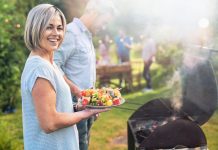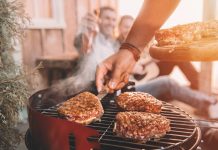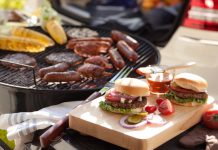Rolling out the grill for Memorial Day Weekend? Be sure to also roll out your grilling food safety principles and procedures when cooking outdoors.
Foodborne illnesses increase during the summer because not only does bacteria multiply faster in warmer temperatures, but preparing food outdoors makes safe food handling more challenging.
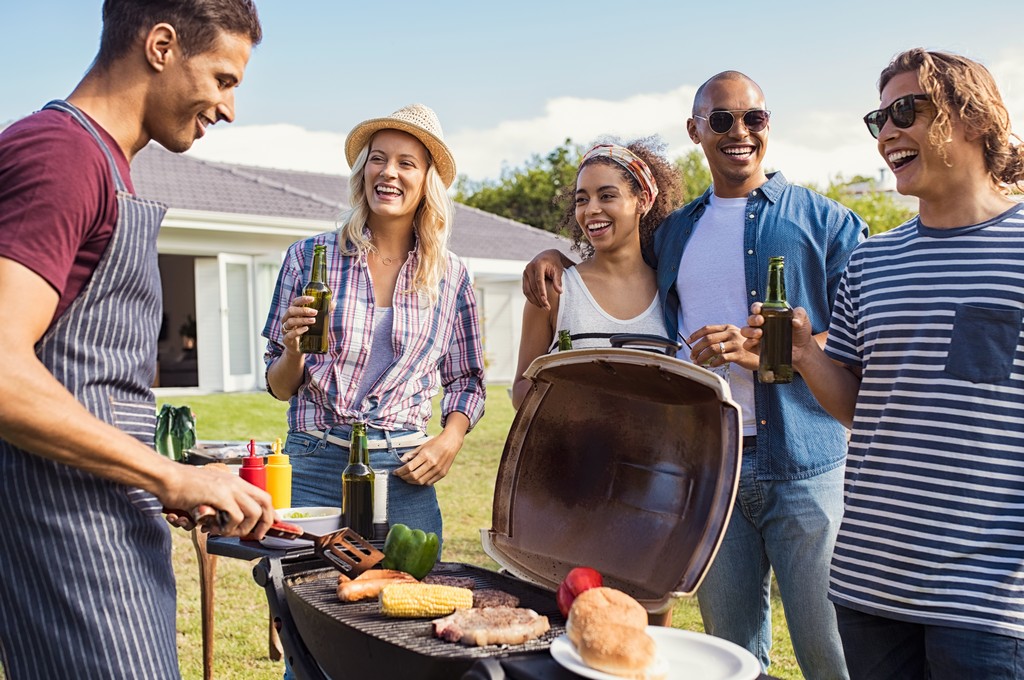


Temperature Danger Zone
One of the critical factors in controlling bacteria in food is controlling temperature. Bacteria grows very slowly at temperatures below 40°F, multiply rapidly between 40°F and 140°F, and are destroyed at temperatures above 140°F. The temperature range in which foodborne bacteria can grow is known as the “Danger Zone”.
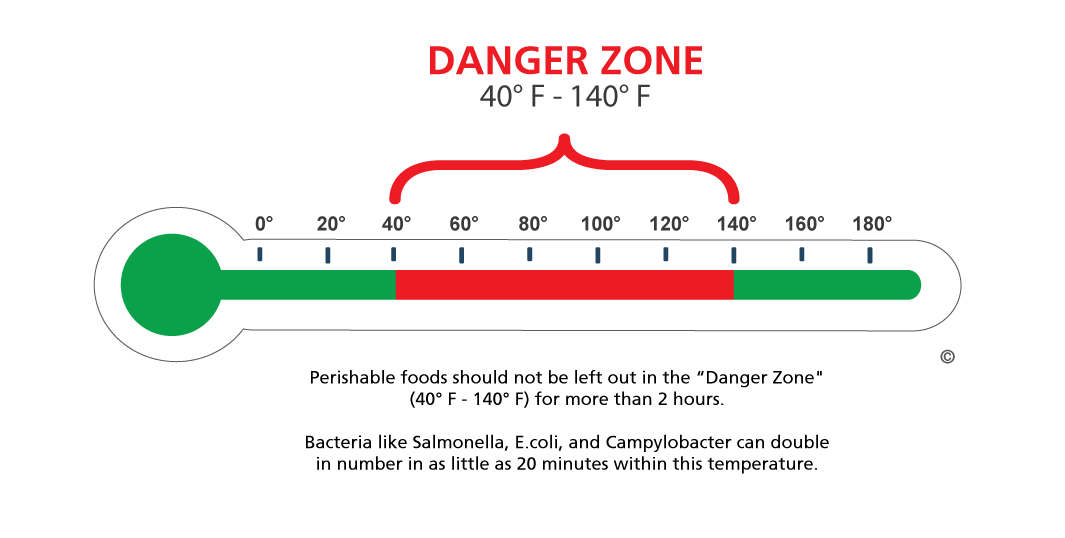


Food Safety Steps: Clean – Separate – Cook – Chill
Food poisoning peaks in the summer months when warmer temperatures cause foodborne germs to flourish. Follow these steps for a safe and enjoyable grilling season:
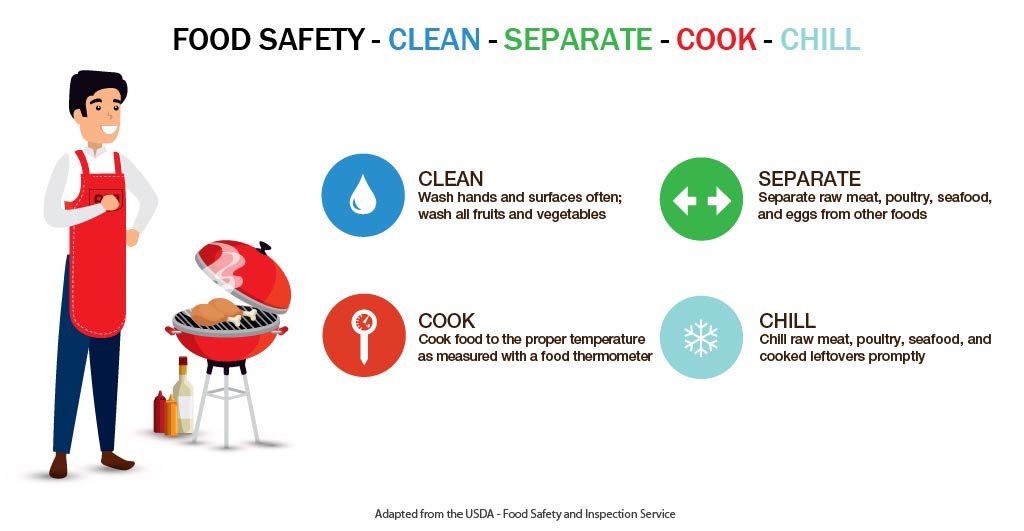


Clean: Make sure to pack clean paper towels, water, and soap for cleaning surfaces and your hands. Disposable moist towelettes also work well.
Separate: Use clean plates. Likewise, don’t put foods eaten raw on the same platter that held raw meat or poultry. Any harmful bacteria present in the raw meat juices could contaminate them.
Cook: Always use a food thermometer to check the internal temperature of burgers, steaks, chicken and foods containing meat, poultry and egg dishes.
- Hamburgers, sausages and other ground meats should reach 160°F (71°C).
- All poultry should reach a minimum temperature of 165°F (74°C).
- Whole cuts of pork, lamb, veal and beef should be cooked to 145°F (63°C) as measured by a food thermometer placed in the thickest part of the meat, and allowed to rest for three minutes before eating.
- Fish should be cooked to 145°F (63°C).
- Cook eggs until yolks are firm, and cook foods containing eggs thoroughly.
Chill: Place leftovers in shallow containers and store them in a cooler immediately. Discard food left in the Danger Zone for more than two hours. When the outside temperature is 90°F or above this time reduces to just one hour.
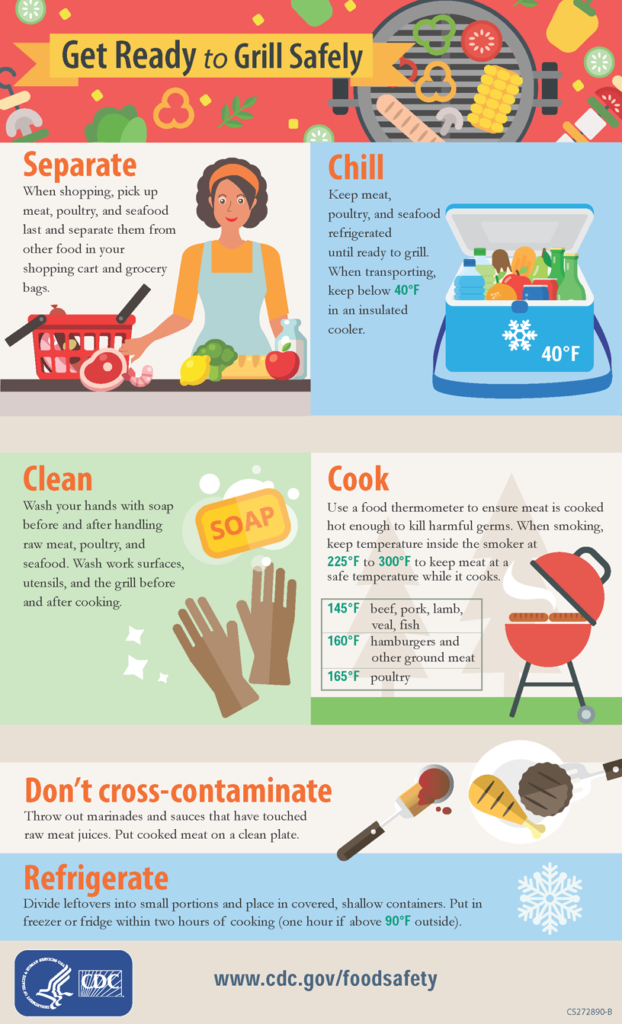


Grilling Fire Safety Tips
The National Fire Protection Association (NFPA) offers grill safely tips to prevent fires:
Grilling Food Safety Resources
- Grill it Safe When Cooking Outdoors E-Card (PDF)
- Grill it Safe Card (PDF) | Side 1, JPG | Side 2, JPG
- En Español: Side 1, JPG | Side 2, JPG
- Four Steps to Food Safety from our Founding Fathers (Flickr)



